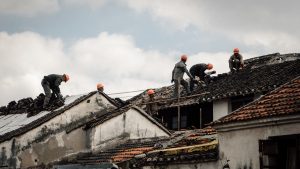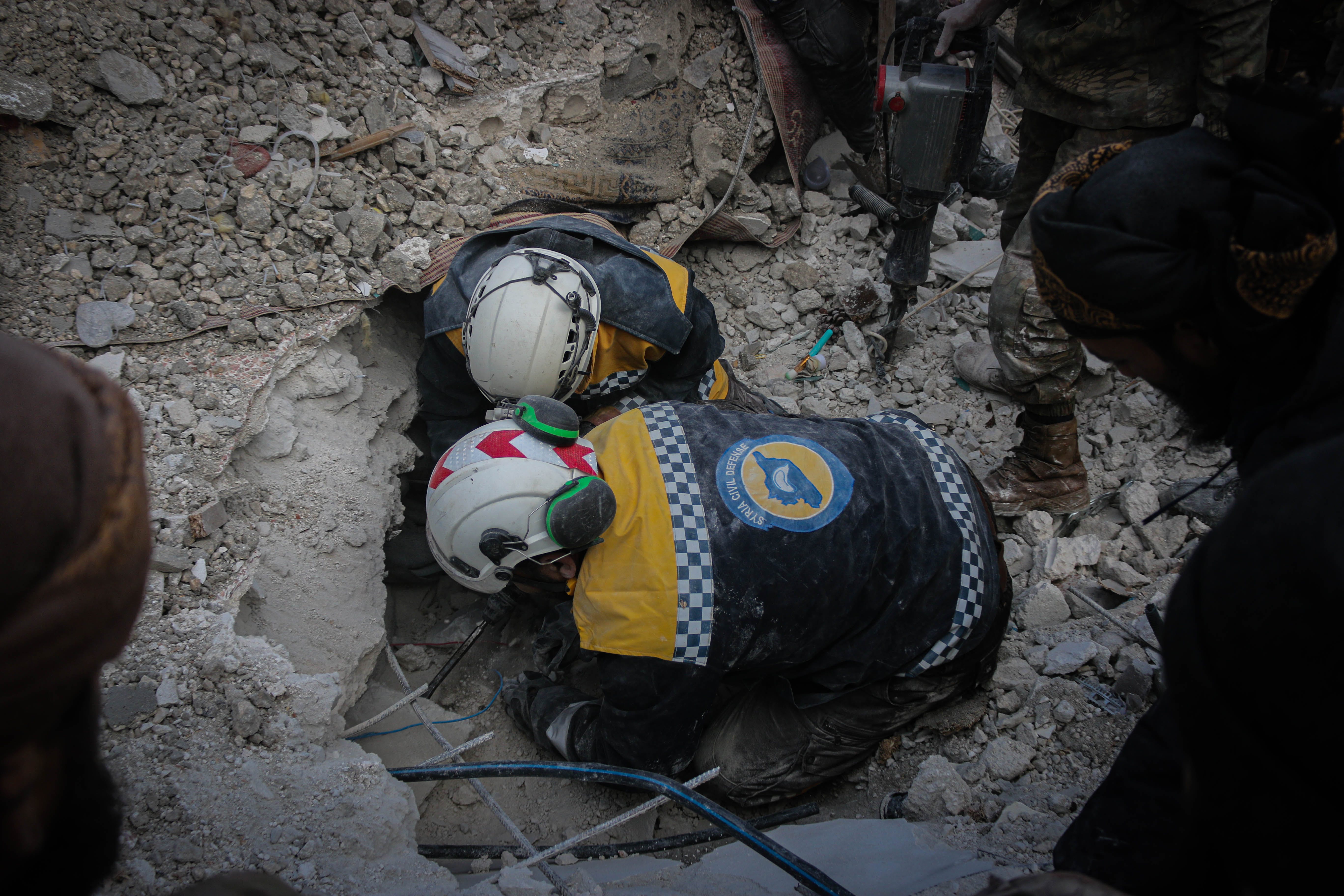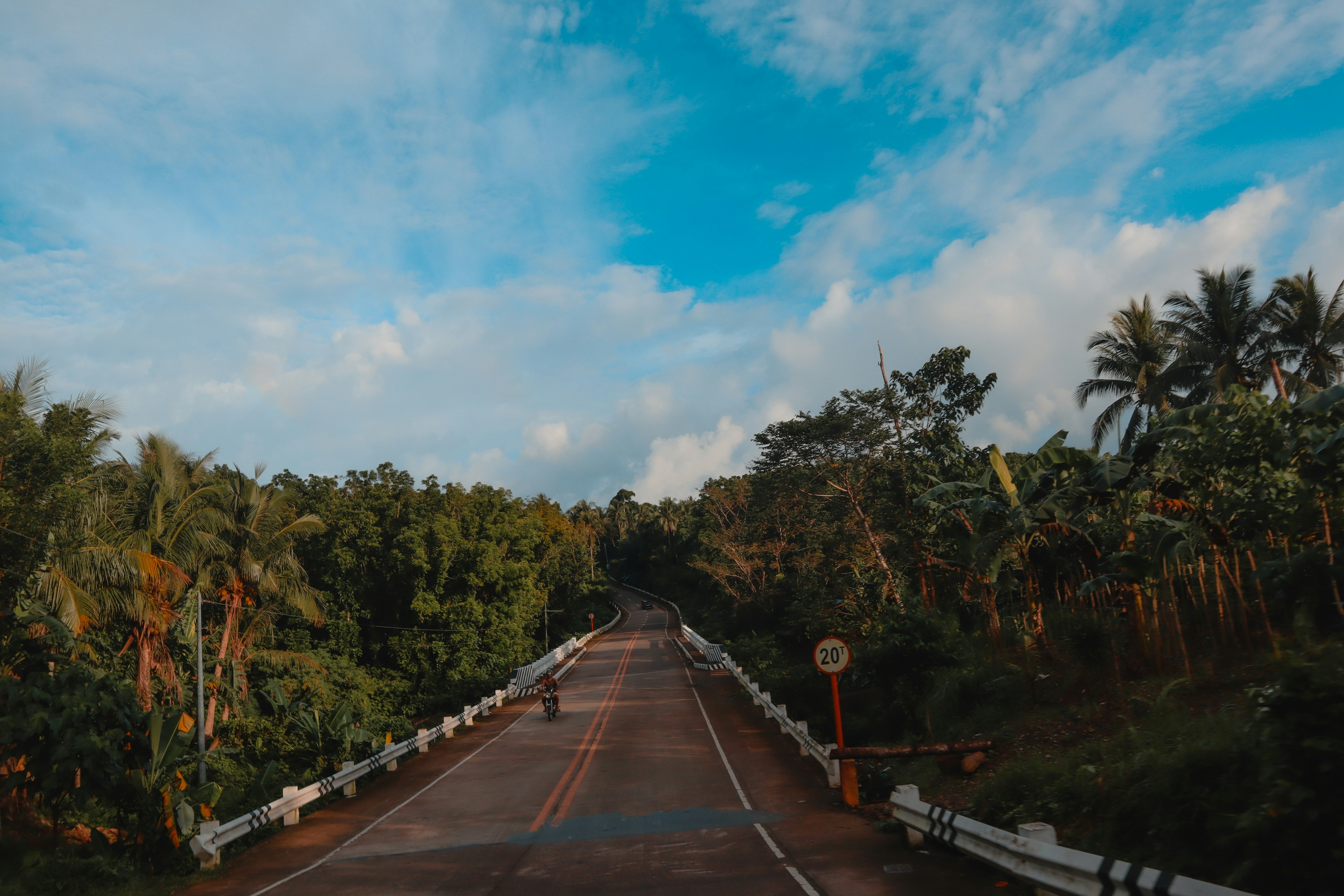It’s been almost a year since mass protests broke out in mainland China against President Xi Jinping’s restrictive zero-COVID policy. Hundreds of people gathered in major cities such as Beijing and Shanghai to oppose the ongoing mass testings and harsh lockdowns. These protests have represented one of the largest mobilisations of opposition to the ruling regime, with some calling for the resignation of President Xi. In response, the Chinese Communist Party (CCP) simultaneously eased lockdown restrictions and other COVID protocols and launched a national police operation to detain activists. The CCP further clamped down on unrest by instructing technology companies to expand censorship and curb private social networks.
It is evident from the actions of the CCP that they maintain the perception that organised civil society could undermine their control on the status quo. Under Xi Jinping, the CCP has tightened restriction on all aspects of Chinese society. The social sphere is cast as a primary “combat zone”, in the words of Hong Kong journalist and political commentator Willy Wo-Lap Lam, in which the party must retain control. However, over the past few decades, this has not always been the case, with space for civil society organisations shifting in complex ways.
Emergency response and search and rescue teams are one area of civil society that has seen important growth, and which highlights this complexity . Many of these organisations sprung up during the more open Hu Jintao government (2002-2012), reacting to the shortcomings of Chinese state institutions in responding to disasters, notably the 2008 Sichuan earthquake. The 8.0 magnitude earthquake destroyed much of the Sichuan region, resulting in the displacement of almost 5 million people and the deaths of nearly 70,000. The disaster was felt across China with an outpouring of domestic support, both financially and emotionally.
The non-governmental organisation Blue Sky Rescue (BSR) is emblematic of this rise of community led search and rescue initiatives. It was founded by former SWAT police officer Zhang Yong. During 2008, Zhang and several members of an outdoor hiking group travelled to Sichuan to aid in rescue efforts, witnessing the limited capacity and capabilities of the state response. From this, Zhang was inspired to better prepare himself and other likeminded volunteers for emergency situations. Quickly being recognised by and becoming an auxiliary of the Beijing Red Cross, BSR has become the largest humanitarian non-governmental organisation (NGO) in China, boasting 50,000 registered volunteers with 10,000 of those having received professional training. BSR has also become a member of the United Nations International Search and Rescue Advisory Group, providing them with a platform to share their expertise. The organisation and other teams have responded to disasters in neighbouring regions, such as the 2015 Nepal earthquake, and international incidents in Iraq, Syria, and most recently Türkiye. In response to the 2023 Türkiye-Syria earthquake several rescue teams, including BSR, travelled to affected areas to provide not only general humanitarian assistance, but their expertise in disaster response. This raises the question; how are these grassroots organisations able to function under Party leadership that has decreed ‘civil society’ to be a foreign form of social organisation?

On the one hand, this is an example of public activity that is outside the formal organs of the state. From the perspectives of some grassroots search and rescue teams they can complete their work separately from state control, functioning in parallel to the government. On the other hand, search and rescue organisations like these have significant connections with the Chinese government. As stated with BSR, it is important for grassroots organisations to gain acceptance and recognition from a state apparatus, as without it they are likely to face difficulties accessing affected areas, as was seen in the responses to the 2021 Henan flood and the 2022 China Eastern 737 plane crash. Without meeting the requirements set by the state, many search and rescue teams would not be able to fulfil their function and provide their expertise to those people and areas that required it. This represents a continuity despite the transition between the Hu Jintao and Xi Jinping governments. While both Hu and Xi have permitted and continue to tolerate Chinese NGOs, this has become increasingly strict under Xi, usually only allowing social organisations that supplement social and public services.
Grassroots search and rescue teams have become an “integral part of [the CCPs] disaster preparedness and response” and demonstrate what NGOs within Chinese society can look like. However, it seems they are caught in a delicate tension, being independent organisations removed from the state’s direct control, but having to operate within the tight restrictions of Xi Jinping’s CCP. Returning to the moment of the COVID-19 protests, there are larger questions regarding how, if at all, an independent civil society can function in line with the expectations of the Chinese Communist Party. Did the protests indicate a deeper demand for change, or will they remain short-lived? It is evident that these social demonstrations have enabled the Chinese citizenry to further explore the power behind their collective voice. However, only time will tell whether these actions will help chip away at the CCP’s current restrictive policies or whether they will provoke further crackdowns.
Photos: Joseph Chan & akuntime (Unsplash)






